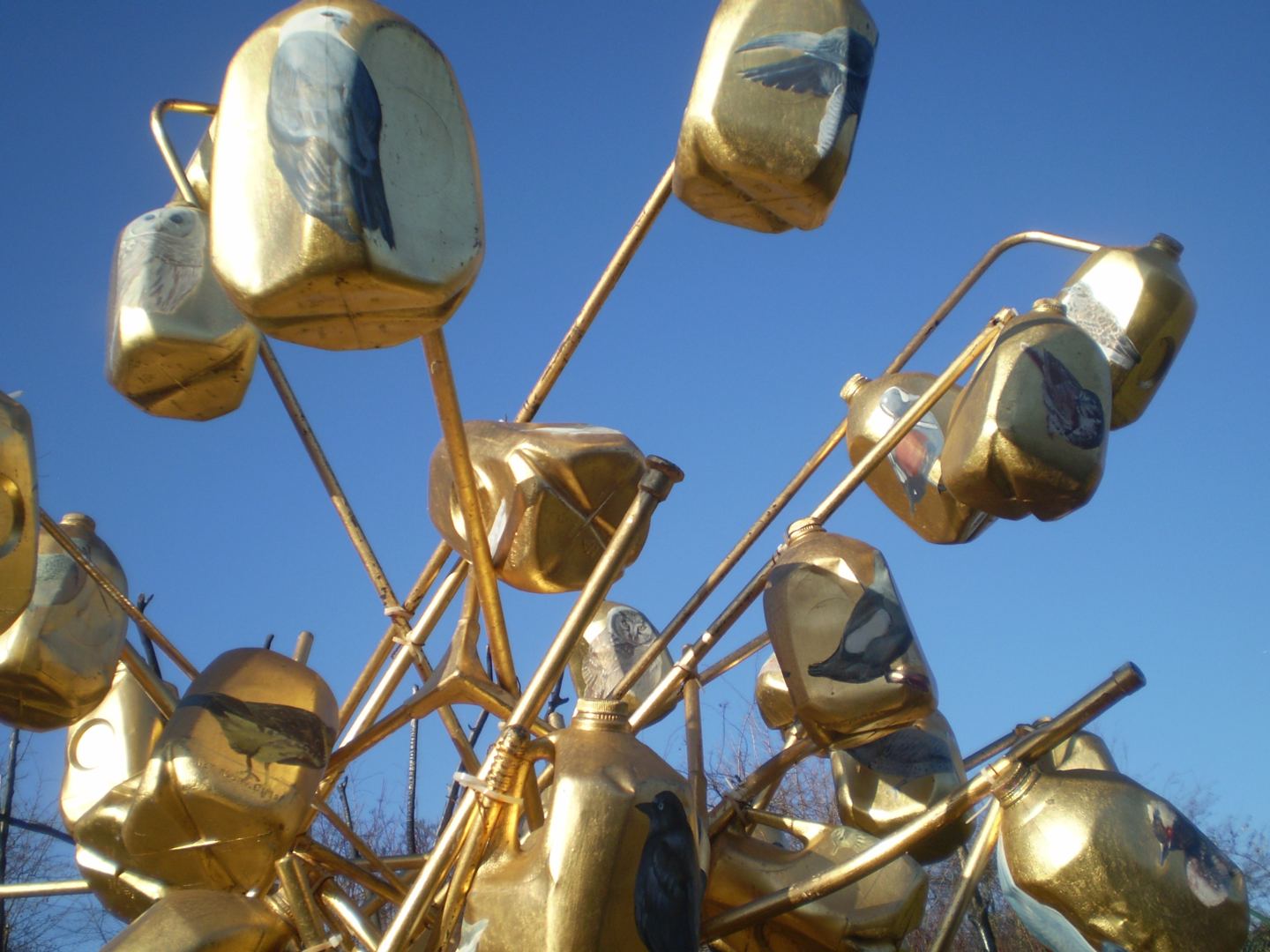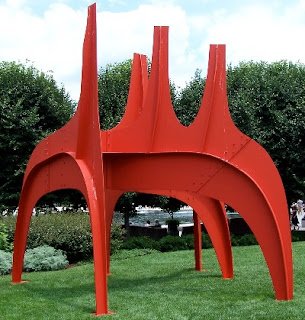Gaudi 1852-1926 Spanish Architect
Casa batllo
He used ceramics, stone, tiles, wrought iron, glass and bricks. He used broken tiles for technical and financial reasons as Guidi thought that square tiles would not be best suited to match a wavy shape and square tiles would have cost to much. Also It was much more cheaper to use broken tiles as there all recycled. Most of Gaudi's works are still uncompleted because of their costs and because he is not alive anymore, as he dies in 1926. He was inspired by the natural relationship between shape, structure, oriental styles, nature, sculptors, decoration and function. In most of his detail he resembles shell structures, which relates to the movement of Art Nouveau, as this movement influenced Gaudi the most, which helped him to experiment with new materials and shapes and helping him to find his own style. Gaudí was very religious and an extreme Catholic so his work shows social and cultural context, as he started designing churches but with his own style. He did this as he thought it would help bring Barcelona together by religion. I really like Guidi's works as its unique, bright and bold. I also like how his work stands out and catches your attention from a far distance. Guidis work relates to my theme a lot in this project as I am also using mosaic for my sculptors, so a lot of the techniques he used in his work I can incorporate them in mine and use it as inspiration to help me develop my ideas more. Niki De Saint Phalle
The tarrot garden
She created a fantasy sculptor park in Tuscany, Italy called the Tarot garden, which represented the 22 main tarot cards. The park was filled with very enlarged sculptors, which relates to the fantasy world. The garden also had buildings and stone paths going through it. The sculptors were made of welded steel bars and then a wire mesh was put over it so that it would be easy for the cement to go on top. I would also use the same materials for my sculptor if in was to further developed to go in a park, as currently I am using modrock and wire which would not be longevity and durable. Niki’s sculptors were covered in mirrors, glass and ceramic mosaics. Her sculptors were brightly colored, unique and very eye catching. Her park has an element of fun to it, as the park is a bit child like due to its colour and surface designs. This was because she loved her childhood so much, so she wanted to show how happy her childhood was through colours and sculptors she made. Niki was influenced by the architect Antonio Gaudi and was amazed by Gaudis own sculptor Park called “Güell” in Barcelona, which then inspired her to create her own sculpture garden and inspired her to also use recycled objects in her art, as she seen how effective it was on his work. I really like her work, as it’s interesting, colourful, unique and fun to look at. So I will also use Niki’s work as inspiration to help me develop my ideas, designs and techniques. As her theme is very similar to my own because she used similar mosaic materials and bright colours.
Thomas Heatherwick
Thomas is recognized for work in architecture, sculpture and furniture design. The image above is called The B of the Bang. The huge public sculpture is taller than the Angel of the North and was put there in Manchester in 2005 to celebrate the city for hosting the Commonwealth games. The sculptor is made out of 180 steel spikes. But the tips of the spikes began to drop off, making it threat and very dangerous for passersby. So in the end the sculpture has had to be dismantled. I like this piece as it draws your attention to it as it’s like an explosion but after a few minutes it gets a bit boring to look. This artist does not relate to my theme, so I will not be using him as inspiration in this project.
Bodan Litnianski
Bodan Litnianski's Garden (France)
After the following World War II Bodan started creating himself an artistic garden. He started decorating his own garden first with some outside walls with shells, then started using thrown away materials, like puppets, toys, broken dolls, mechanical toys, old tellies, motorcycle helmets, springs, plastic buckets and bald tyres. He put these materials into very colorful columns, outer walls, connecting beams. He added cement, plaster, metal and reinforcing mesh to make it strong, longevity and durable. This garden is already famous and is open for the public, but Bodan Litnianski died in 2005. I like his work because it’s recycled and in my project I am also using recycled materials but I am not to sure if I actually like the outcome of his work, as it just looks like organized mess. Clarence Schmidt
House of Mirrors
an iconic pioneer of monumental environmental sculpture
Alexander Calder
Cheval Rouge (Red Horse) 1974
Theo Jansen
RobotTony Cragg
Tongue In Cheek
Sophie Ryder
Crawling Lady-Hare, 1996
Sally Matthews

'Wolf" at Goodwood sculptor park
David Mach
Mark Langan
Matchstick Gorilla 2009
Bill Woodrow
Regardless of History 2008
Andy Goldsworthy
Snow circles
Bruce Munro
Field of Light 1992
Gary Harvey
Newspaper dress
Tone Holmen
Peacock

Jac Scott Carbon Footprints

Maggi Squire
Water Bird

ite specific
London Wetlands Centre.
Recycled Sculpture Exhibition for Love London 09
... recycled from ITV Fixers Plastic Bag Bird project
Original
Recycled bike rims and plastic bags
240cm x 500cm x 20cm
Ron den Daas
'What's it worth'


Anthony Wilson Blue Frog
















No comments:
Post a Comment